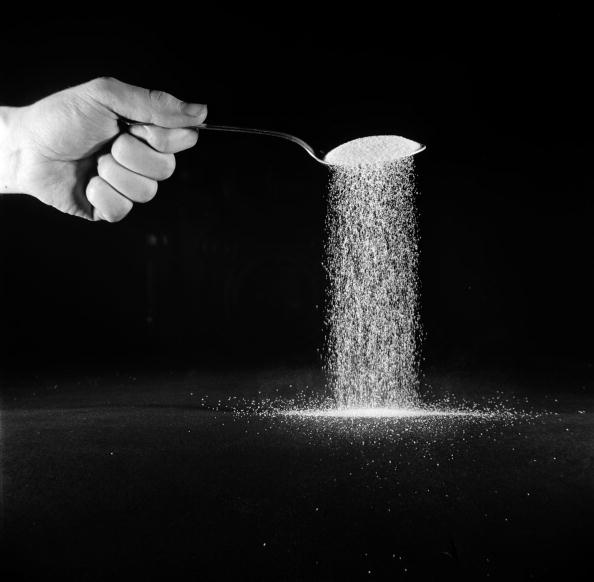
Letters, memos, and other documents from the 1960s and 1970s have revealed that the sugar industry worked closely with the National Institutes of Health to cut back on research that showed sugar was responsible for tooth decay. The papers are similar to those that showed the tobacco industry worked hard to minimize research into the health effects of smoking.
The papers were found by Cristin Kearns, DDS, a postdoctoral student at the University of California at San Francisco. They were in the papers of an organic chemist who had consulted for organizations that were funded by the sugar industry and who had donated them to the University of Illinois. The papers were dated from 1959 to 1971 and showed that a trade organization for the sugar industry had accepted the fact that sugar caused tooth decay, but had adopted the strategy to push research away from sugar and toward identifying other ways to reduce tooth decay.
For example, the industry funded research on a vaccine against tooth decay and on an enzyme that could break up dental plaque.
During this time, the members of a committee that worked on a tooth decay research program in 1971 at the National Institute of Dental Research, part of the NIH, were nearly the same people as on an expert panel of the sugar industry. The NIDR obtained input from the sugar industry and put more than three quarters of the industry's recommendations into its research proposals.
"The dental community has always known that preventing tooth decay required restricting sugar intake," said Kearns. "It was disappointing to learn that the policies we are debating today could have been addressed more than forty years ago."
Tooth decay, also known as dental caries, is the leading chronic illness among children in the United States, according to the Centers for Disease Control and Prevention. Tooth decay, which is largely preventable, can lead to tooth loss, infections, and abscesses if left untreated.
